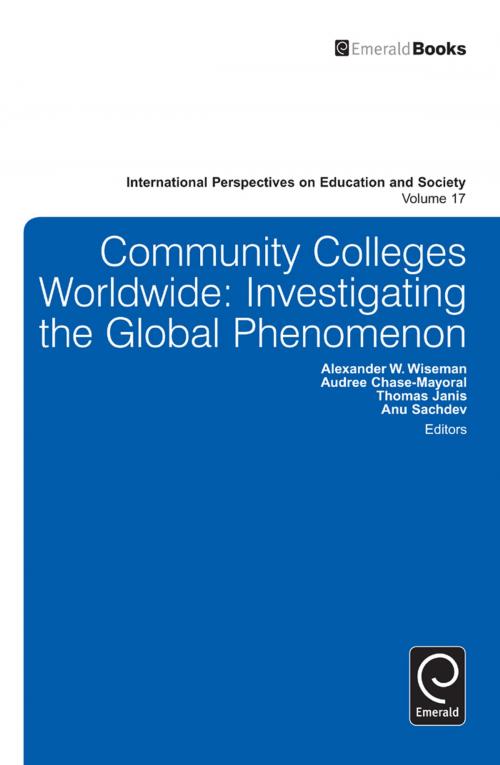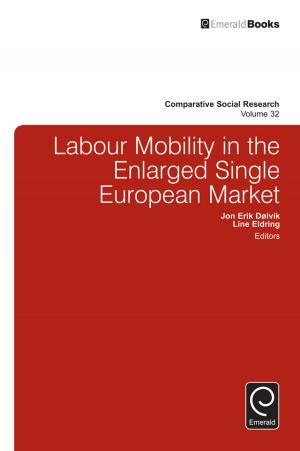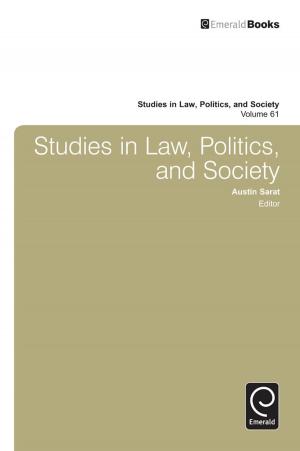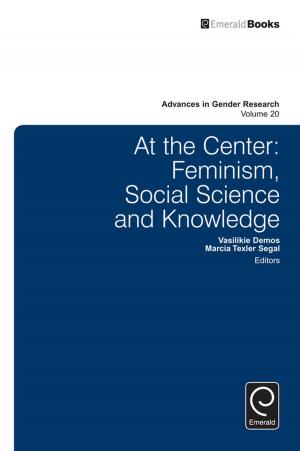Community Colleges Worldwide
Investigating the Global Phenomenon
Nonfiction, Reference & Language, Education & Teaching, Educational Theory, Adult & Continuing Education, Higher Education| Author: | Alexander W. Wiseman | ISBN: | 9781781902318 |
| Publisher: | Emerald Group Publishing Limited | Publication: | November 28, 2012 |
| Imprint: | Emerald Group Publishing Limited | Language: | English |
| Author: | Alexander W. Wiseman |
| ISBN: | 9781781902318 |
| Publisher: | Emerald Group Publishing Limited |
| Publication: | November 28, 2012 |
| Imprint: | Emerald Group Publishing Limited |
| Language: | English |
This volume of the "International Perspectives on Education and Society" series comparatively examines various two-year and community college institutions worldwide. While these institutions are called by different names and may not all be structured the same around the world, their core mission remains consistently: to respond to the needs of their local community. Inspired by the German Volkshochschule, founded in 1844, this model is now throughout the U.S., Canada, Australia, India, South Africa, Thailand and other nations. While the community college "label" is debatable and possibly controversial in and of itself, these institutions all serve the needs of their local communities by bridging the gap between academic and technical training with open and accessible learning. Students served by these institutions come from various socioeconomic backgrounds including age, race, culture, gender, and income levels. Two-year and community colleges adapt and institutionalize differently to meet various community needs, whether they provide students with technical training, the ability to transfer to four-year higher education institutions, remedial education or lifelong learning opportunities. This volume analyzes the ways this model has served and continues to serve communities in different international contexts for similar purposes.
This volume of the "International Perspectives on Education and Society" series comparatively examines various two-year and community college institutions worldwide. While these institutions are called by different names and may not all be structured the same around the world, their core mission remains consistently: to respond to the needs of their local community. Inspired by the German Volkshochschule, founded in 1844, this model is now throughout the U.S., Canada, Australia, India, South Africa, Thailand and other nations. While the community college "label" is debatable and possibly controversial in and of itself, these institutions all serve the needs of their local communities by bridging the gap between academic and technical training with open and accessible learning. Students served by these institutions come from various socioeconomic backgrounds including age, race, culture, gender, and income levels. Two-year and community colleges adapt and institutionalize differently to meet various community needs, whether they provide students with technical training, the ability to transfer to four-year higher education institutions, remedial education or lifelong learning opportunities. This volume analyzes the ways this model has served and continues to serve communities in different international contexts for similar purposes.















